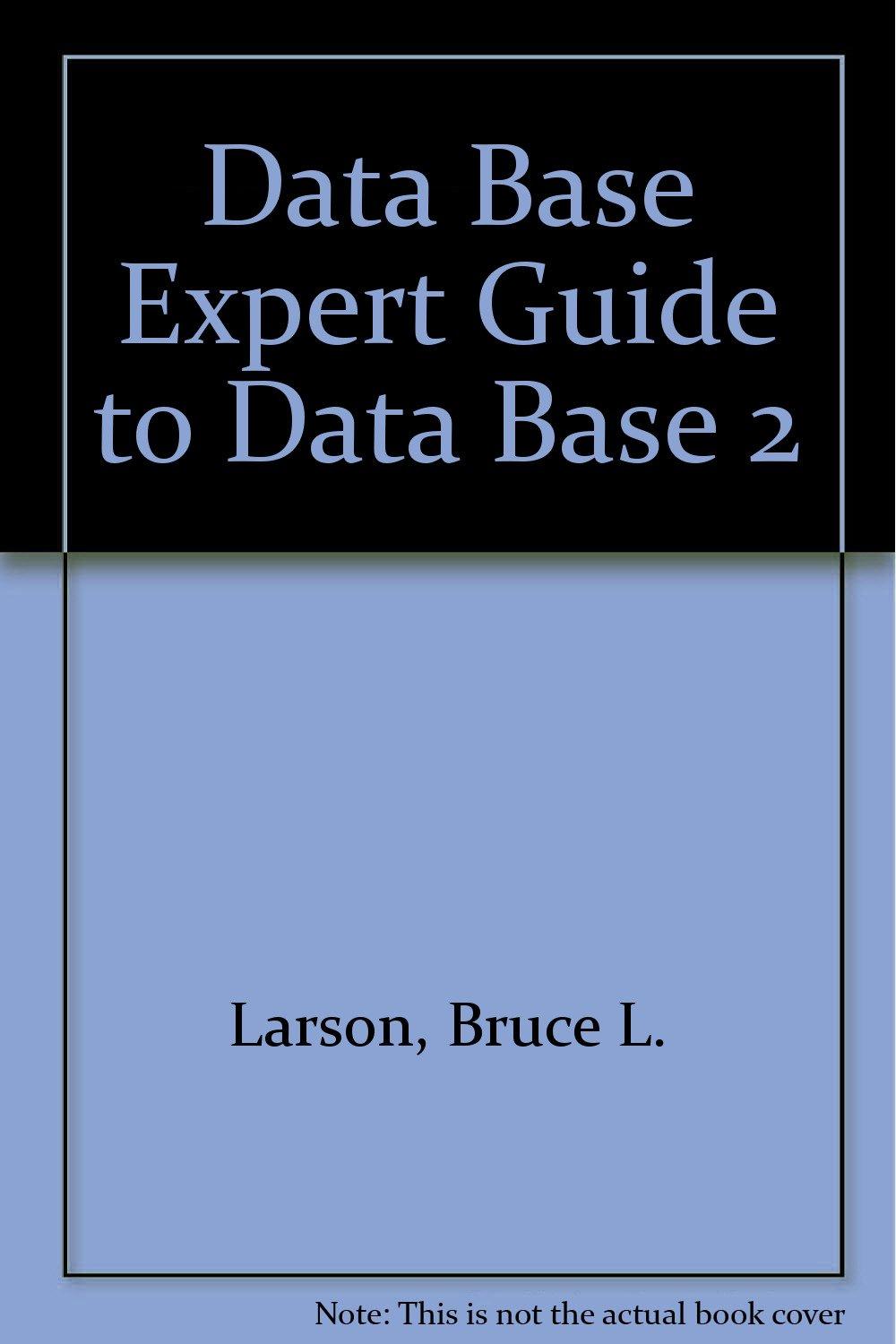Question
4.In this question you will use the data type bit32 (i.e. an unsigned int). We will use the IEEE 754 standard for floating point numbers,
4.In this question you will use the data type bit32 (i.e. an unsigned int). We will use the IEEE 754 standard for floating point numbers, with 1 sign bit, 8 bits for the exponent, and 23 bits for the mantissa.For the following programming questions, place each function in a common file fplib.c for compiling and testing. You are not to use any C floating point data types (i.e., float, double). You can use the bit wise operators as needed:and, or, not, xor, shift-right, and shift-left.
(a)Write C functions to extract the sign, exponent, and fraction of a bit32floating point number, returning their respective values as unsigned integers.The functions should be named sign, expon, and frac.
(b) Write a function, float_32(unsigned int sign, unsigned int exp, unsigned int frac), that returns a bit32 representation of a number given a sign, exponent, and fraction values as unsigned integers.
(c) Using the functions defined in (a) and (b), write a function fp_add(bit32 x, bit32y)that returns the addition of two bit32values x and y as a floating point bit32value.
Step by Step Solution
There are 3 Steps involved in it
Step: 1

Get Instant Access to Expert-Tailored Solutions
See step-by-step solutions with expert insights and AI powered tools for academic success
Step: 2

Step: 3

Ace Your Homework with AI
Get the answers you need in no time with our AI-driven, step-by-step assistance
Get Started


